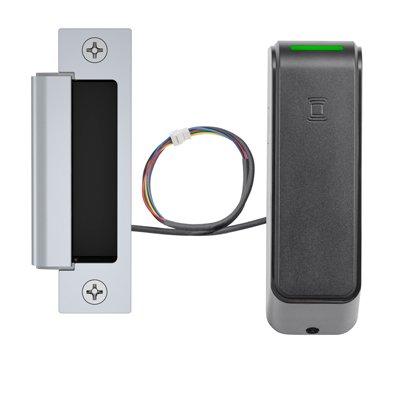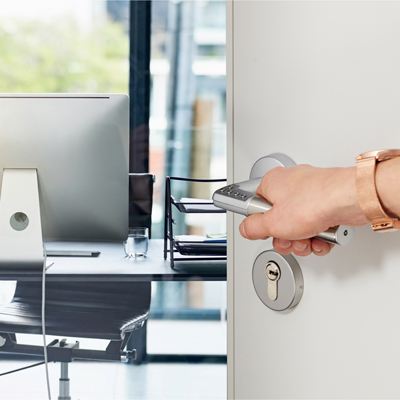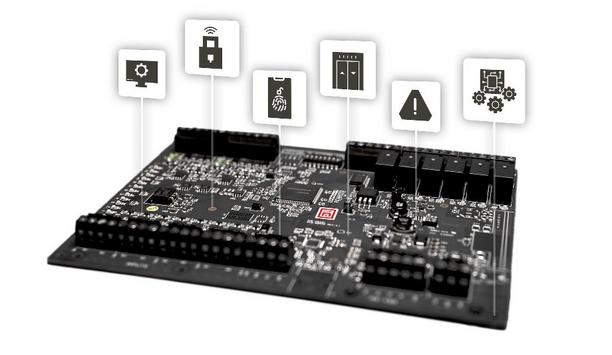Check out our special report on casino security
ASSA ABLOY HES ES100 Wireless Electric Strike
Product Profile
The new HES ES100 Aperio® Wireless Integrated Electric Strike and Card Reader makes access control simple and affordable without having to run wire to every door.
Why Wireless?
- Time: install is quicker than traditional strikes since you don't have to run any wire to the opening.
- Cost: labor and material costs can really add up. Get the job done faster and with fewer man hours.
- Ease: running wire to an opening can be difficult...and sometimes impossible, depending on the application. Having a consistent and repeatable solution saves time and money.
Why the HES ES100?
It’s the most versatile way to retrofit an opening with real-time online access control.
Electric Strike Features
- Works with all brands of cylindrical and mortise locks
- Field Configurable Monitoring Options
- Integrated horizontal frame adjustment and shim
- Modular field replaceable locking mechanism
Card Reader Features
- Emergency override micro-USB for backup power
- HID multiCLASS SE, HID Mobile Access, NFC & BLE
- Designed to meet IP65 for harsh environments
- Powered by 2x AA lithium batterhies
Technical Specification
| Make | ASSA ABLOY |
|---|---|
| Manufacturer | ASSA ABLOY |
| Category | Access Control>Electronic locking devices |
| Model code | HES ES100 |
| Lock Type | Electric Locks |
| Electric Release Type | Mortice Release |
| Fail-Open/ Fail-Secure | Fail-Secure |
| Monitoring Status | Monitored |
| Material | Stainless steel |
| Door Material | Metal, Wood |
| Environmental Specifications |
Operating Temperature oC: -10 ~ +60 C (14 ~ 140 F) Operating Humidity %: 0 ~ 90 Protection: IP65 |
| Additional info |
|
See comparison of ASSA ABLOY HES ES100 with similar ASSA ABLOY Electronic locking devices
Compare ASSA ABLOY HES ES100 with Electronic locking devices from other manufacturers
You might be interested in these products
Related white papers
Moving to mobile: A guide for businesses switching to mobile access control
Protecting your data against physical threats
Solve access control challenges in the healthcare sector
One system, one card
DownloadEnhancing physical access control using a self-service model
DownloadAligning physical and cyber defence for total protection
DownloadUnderstanding AI-powered video analytics
DownloadHow to implement a physical security strategy with privacy in mind
Download

































































